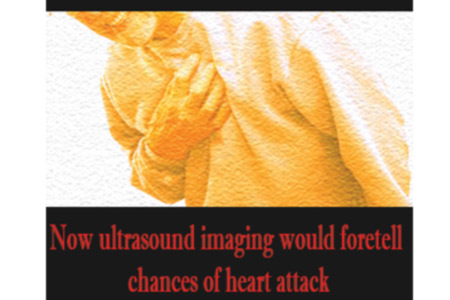According to a wide research, heart attack patients should go through ultrasound imaging to evaluate both muscle damage and heart relaxation. The research was conducted by the Meta-analysis Research Group in Echocardiography (MeRGE), coordinated by the university’s Cardiovascular Research Laboratory.
The research portrays that this ultrasound imaging can predict cardiac problems and death linked in such patients and also in patients who did not have major muscle damage or impaired pump function after the attack.
“After a heart attack, many patients undergo ultrasound imaging to determine how much muscle is damaged and the overall pump function of the heart,” said Gillian Whalley of the Faculty of Medical and Health Sciences.
“The visible damage to the cardiac muscle and the volume of blood pumped with each heart beat are normally used to determine the severity of the problem, ScienceAlert reported.
“Our research shows that the relaxation and filling of the heart can also be reduced after a heart attack and predicts which patients are at higher risk.”
The ultrasound measurements of 3,000 patients and above who were going through heart attacks have been studied.
The researchers are planning to merge the data of some of the group’s research on around 70,000 patients with chronic heart failure.
The findings of the research have been published in the latest issue of the journal Circulation.

